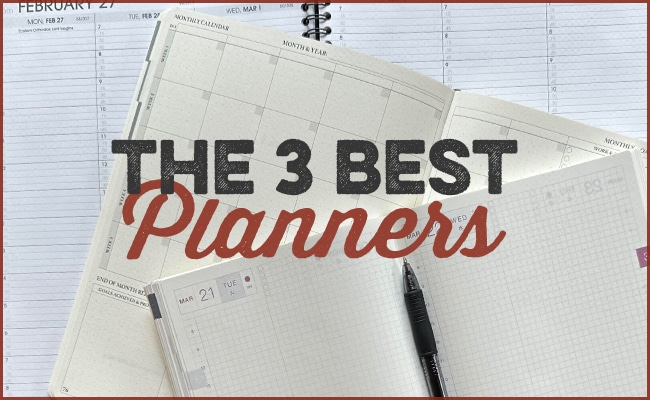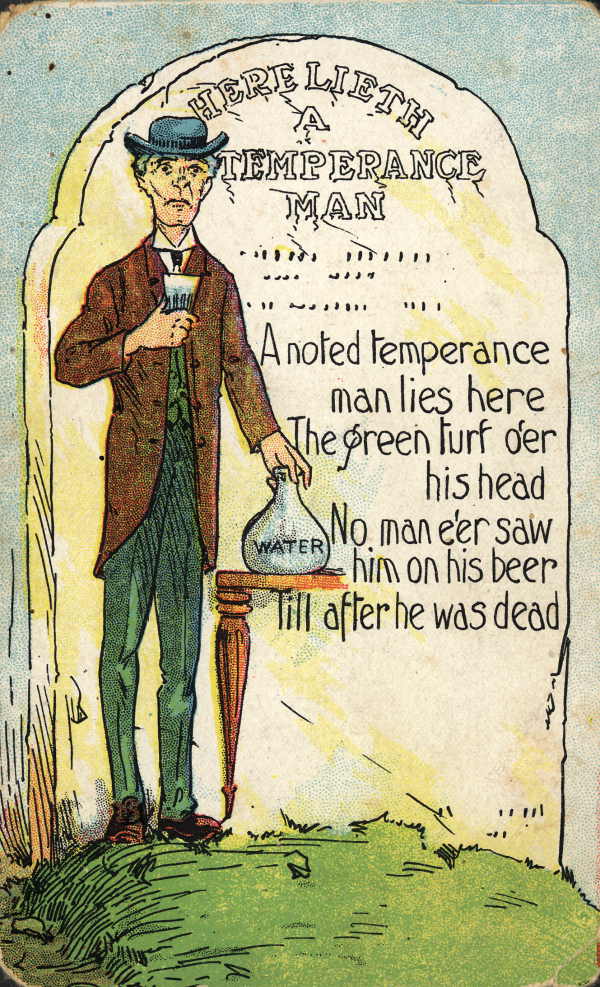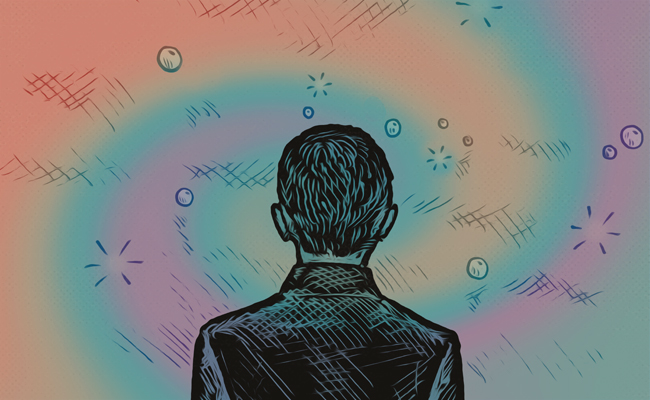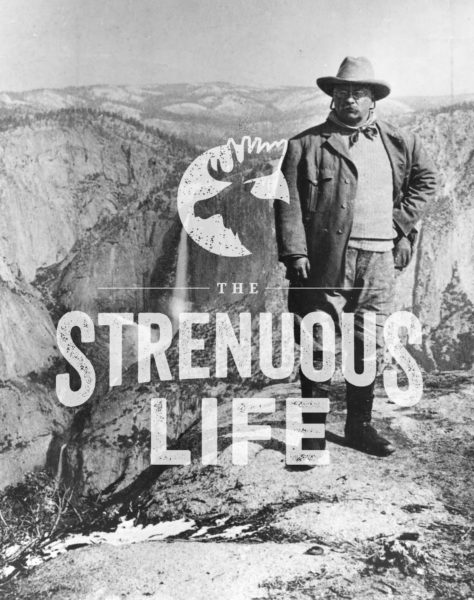
Back in January, we wrote an article explaining why it might be better to wait to make your New Year’s resolutions until around the spring equinox — when the daylight starts outpacing the darkness.
Well, we’ve arrived at that time, and if you’ve been feeling the spring sap running through you, you might consider getting yourself a planner to convert that emerging energy into action.
While I’m a fan of using digital planning tools like Todoist and Fantastical, I know many people prefer analog planners. There’s something about the tactile nature of putting pen to paper that helps turn your abstract intentions into material reality. Every now and then, I’ll switch to analog planners to get that benefit.
I’ve had favorite paper planners that I’ve turned to over the years, but I thought it would be interesting to see what other options are out there.
The market is saturated with different types of analog planners, and the number of choices can feel overwhelming. The one you ultimately pick depends on what you’re hoping to do with it. Some paper planners just let you schedule your day. Some seek to be a general self-improvement tool and offer guidance on creating goals and tracking habits. Others are open-ended and leave it up to you as to how to track your day and life.
I recently ordered a dozen planners to give them a test drive. Below I share the three I liked the most and highlight their features to help you home in on the right planner for you.
Best No-Frills Planner: AT-A-Glance Weekly Planner
My go-to method of planning is to “time block” my week out each Sunday. This involves mapping out my days and allocating a set amount of time to each task scheduled for the week ahead.
Despite sorting through a load of new planners, none of them turned out to be superior for the time-blocking task than one I’ve used on and off for years: the At-A-Glance Weekly Planner.
The At-A-Glance Weekly Planner breaks down each day into 15-minute increments, so you can plan what you’ll be doing at any given time from 7:00 a.m. to 9:00 p.m.
That’s all this planner offers or “does,” so if you’re looking for something simple and straightforward for scheduling your life, this is it.
The one downside to this planner is that it’s set to a calendar year. So when you buy one, you have to buy the planner for the entirety of 2023. Since we’re almost in April, you’ll have missed out on three months of use.
Best Self-Improvement Planner: Roterunner Purpose Planner
If you’re looking for a paper planner that’s an all-encompassing self-improvement tool, look no further than the Roterunner Purpose Planner. It’s really impressive what the designers thought to include in this bad boy. Here are the highlights:
- Section to work out your roles and goals in life. Prompts ask you to articulate your life roles and your goals for those roles. You’re then asked to write down exactly what you’re going to do on a monthly, weekly, and daily basis to fulfill those roles and goals.
- Section to plan out the year. Capture key dates for the year like birthdays, anniversaries, significant work deadlines, and vacations. You can then transfer these dates as you plan out your months and weeks.
- Monthly calendar with lists to set monthly goals and priority actions. Make sure the Big Rocks get done with lists for monthly work, health, social, and self-improvement goals.
- Weekly agenda. The weekly agenda will allow you to schedule out tasks for each day. But the daily schedule only runs from 7 a.m. to 5 p.m. and only delineates one-hour blocks, so it’s not ideal for the task of time blocking.
- Prompts for end-of-month reflections. At the end of each month, the planner has you write in reflections on goals achieved, memories created, and things you could do better. A great way to review your work that can also become a journal that you and your posterity will enjoy perusing decades from now.
- Cool trackers. The planner includes habit, sleep, and gratitude trackers. There are also blocks to write your weekly priority actions for various facets of your life, including work, home, and passion projects. And there’s space to create a “Not-to-Do List” to help you remember to practice “via negativa” in your life.
- Plenty of blank pages for notes. Each month’s section includes blank dot-grid pages for note-taking and journaling.
If you’re looking for a planner that will help facilitate your overall self-improvement, then the Roterunner Purpose Planner is the one for you. Now, it is the kind of planner where just looking at it, and all its trackers and prompts, makes you feel really excited that it’s truly going to change your life . . . but then you don’t actually use it for more than a few days. (I know I like the idea of this kind of planner, but am not the kind of person who will ultimately keep up with all that stuff in the long-term!) But, if you’re a highly motivated individual, then this planner can definitely help guide your personal progress.
Best Free-Form Planner: Hobonichi Techo Cousin
If you’re looking for a paper planner that gives you more freedom in how to use it, the Hobonichi Techo Planner is worth a look. It’s a daily planner that’s open-ended by design; it’s akin to a bullet journal with a bit more structure, so you don’t have to create the calendar pieces by hand.
Hobonichi’s Japanese-made planners come in various styles/sizes and share similar features. The Techo Planner Book has the most appealing size and feel, but I prefer the larger Cousin Book since it offers monthly, weekly, and daily calendars. (The ”Original” is between the sizes of those two and also includes monthly/weekly/daily calendars but only comes in a Japanese-language version).
Hobonichi’s planners consist of blank graph-paper pages that can be used in a variety of ways; the grid is an open canvas on which you can create custom schedules, tracker boxes, charts, and lists; make journal entries; or draw, doodle, and sketch.
What sets these planners apart from others (and justifies their premium price) is an attention to detail that makes them highly enjoyable to use. The pages are thin (allowing for a compact design) but feel great to the touch; the months are color-coded, which makes it easy to find your place; each day has its own page and includes a mini-calendar of the month in the corner, so you can always see where you are in the larger frame of time; and the binding allows the book to lie flat without your having to hold it open (you’ll really appreciate this feature!). At the bottom of each page is an inspiring quote from Japanese writers, artists, and scientists.
Go with the Hobonichi Techo Cousin if you want more freedom to design your planner and like bullet journaling. If you like more preset structure, stick with the Purpose Planner or At-A-Glance.







